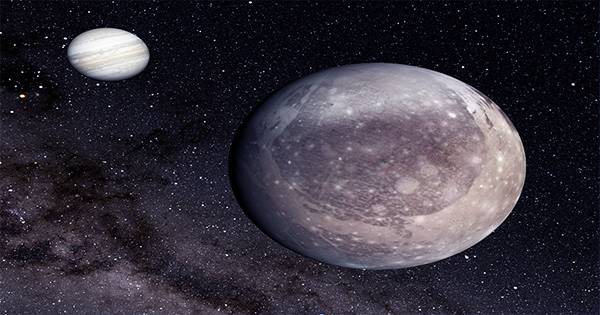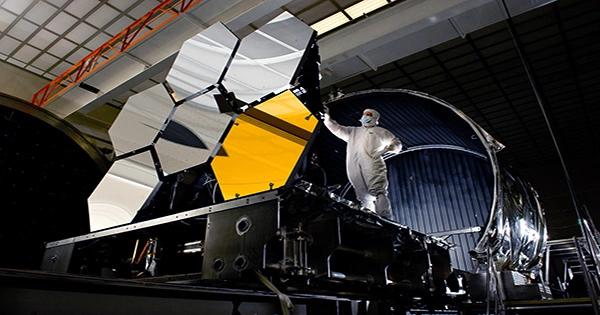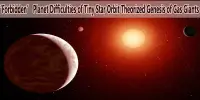14 Herculis is the Flamsteed designation for a K-type main-sequence star in the constellation Hercules located approximately 58.5 light-years away. It is approximately 59.2 light-years away from Sol. The star cannot be seen with the naked eye due to its apparent magnitude. 14 Herculis is thought to have two extrasolar planets in orbit around the star as of 2006.
14 Herculis is one of the Main Sequence Stars. It could be found in the Milky Way galaxy, which is the galaxy in which you live. It is not found within the Solar System; the Solar System contains only one star, the Sun. When you look at 14 Herculis, you are actually looking back in time, seeing how it appeared years ago. Changing the distance from light years to years will roughly tell you how long we have been looking at the star.
14 Herculis is not a part of the Hercules constellation outline, but it is within its boundaries. The 14 Herculis color is orange to red, according to the star’s spectral type (K0V). A telescope is required to see the star, which cannot be seen with the naked eye.
It has an estimated age of 5.100 billion years. ExoPlanet provides this information. It is thought that at least two extrasolar planets orbit the star. According to the most recent Hipparcos data from 2007, 14 Herculis is 57.31 light years away from Earth.

Stellar components
14 Herculis is an orange dwarf star with the spectral type K0V. It is an orange-red main-sequence dwarf star with the spectral and luminosity type K0 V. The star is thought to have 90 percent of the mass, 87 percent of the radius, and only 63 percent of the luminosity of the Sun. In comparison to the Sun, the star appears to be 2.7 times more enriched with elements heavier than hydrogen (based on its abundance of iron). As of 2001, it was possibly the most metal-rich star.
Planetary system
14 Hercules b, a planet orbiting 14 Herculis, was discovered in 1998. The eccentric orbital period of the planet is 4.8 years. A possible second planet, 14 Herculis c, was proposed in 2005. This planet’s parameters were unknown, but preliminary analysis suggested that it was in a 4:1 resonance with the inner planet, with an orbital period of nearly 19 years and an orbital distance of 6.9 AU. In 2021, the existence of the planet 14 Herculis c was confirmed, along with a rough orbit determination. The planetary orbits are not coplanar, which could point to a significant planet-planet scattering event in the past.
















